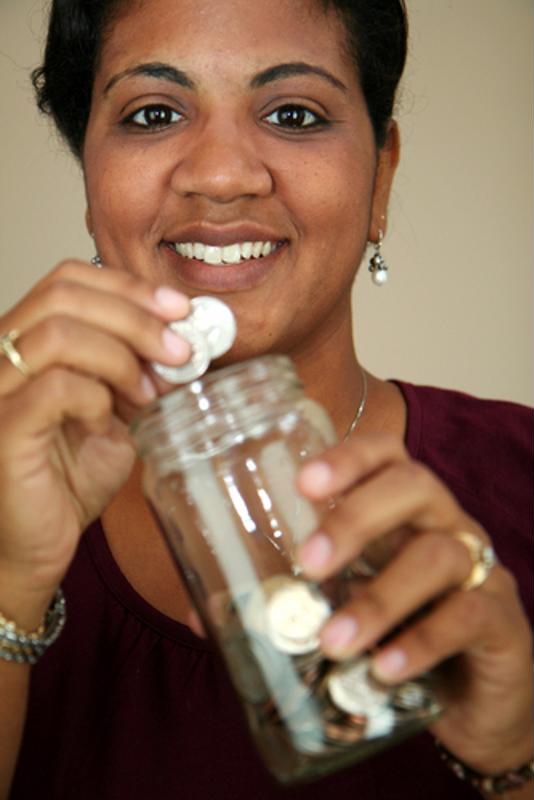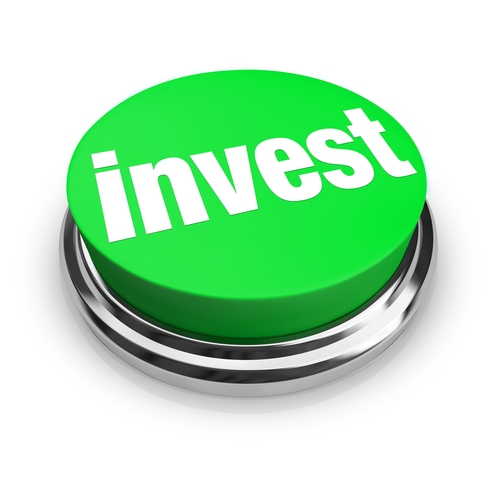What to do with that extra $20
Have you ever checked your pockets on laundry day and found a $5 bill waiting for you? It’s an exciting moment. Suddenly your plans for the weekend are different. Or when grandma gives you $50 on your birthday? You can go anywhere, do anything – but what if you didn’t? What if you held onto that extra cash and used it to make more cash?
For unexpected cash found on laundry day, or for that upcoming tax return, here’s what you can do to turn that little extra bit into sizeable security.
Dealing with an impulse to splurge
Celebrating this new found wealth is OK, and it’s good to scratch that spending itch so that you can move on to more serious saving. However, take a moment and consider the last time you spent unnecessarily on an item. Consider the short-term joy that came along with it. Before you splurge, consider how much you want to save and how much you really need that trinket or special dinner.
According to Smart Asset, you’ll experience fewer regrets if you splurge on a staple item like a pair of jeans you’re sure to wear often. And turning an impulse buy into a splurge is simply a matter of how much time you consider making the purchase
Give yourself an hour to think it over; or give yourself a day, even a a month. It helps to know exactly what you want ahead of the purchase. It even helps you to compare prices on the item, enabling you keep more of that new money in your pocket.
Once you’ve dealt with that “buy now” devil on your shoulder, figure out where that remaining extra money should go. The two biggest moves for people beginning to save come down to either creating an emergency fund or paying down a large debt.
Bring down your interest payment
Paying down debt may feel like chipping away at a mountain, but putting a little toward the peace of mind and freedom of a debt-free life can go a long way. Invest your new earnings in an extra payment toward your credit card debt. Eliminating any compound interest is the best thing you can do.
According to The Simple Dollar, it goes something like this:
If you owe $1,000 at 20 percent on your credit card, you’re paying $200 a year in interest. If you can take $200 and make an additional payment on your debt, you’re left with an $800 debt and $160 in interest for that year. Your $200 investment will save you $40 a year in interest, helping you to keep money in your pocket as opposed to handing it over to the credit card company.
Smaller interest payments means more of your money will go toward your true balance and zeroing out your debt faster.
 Saving your extra money is making a small investment in you.
Saving your extra money is making a small investment in you.Create an emergency fund
Another immediate move is for you to start building a $1,000 emergency fund. This type of move is perfect for use with a generic savings account. Feeding money into your account little by little is a great way to prepare yourself for anything unexpected that comes along the way.
Emergency funds are most often used for sudden disruptions in your routine, like car repair. According to a testimony by Lynnae McCoy at GoBankingRates.com, if she had an emergency fund to take care of car repair, she could have spent the rest of her money saving for a new car.
Invest in yourself
A solid investment in your career is a great idea as well. Look into career certifications that translate to higher wages from your employer. Use a site like the Department of Labor’s CareerOneStop.org to find the certification that can boost your wages on a current job, or one you’ve had your eye on.
Putting money into a retirement fun is always a great idea. Research certified financial planners in your area, men and women whose sole purpose is to help you come up with ways to save and invest your money. Investigate dividend reinvestment plans that only require $10 or $25 to start and grow on their own while you’re not looking.
As long as you begin investing and make contributions throughout the year, paycheck by paycheck, you’ll see an increase in savings, a decline in emergency financial upsets and more money waiting for you when you need it most.
The views expressed by the articles and sites linked in this post do not necessarily reflect the opinions and policies of Cash Central or Community Choice Financial®.

 You must have JavaScript enabled to use this site.
You must have JavaScript enabled to use this site.
 For a better user experience consider upgrading your browser.
For a better user experience consider upgrading your browser.

